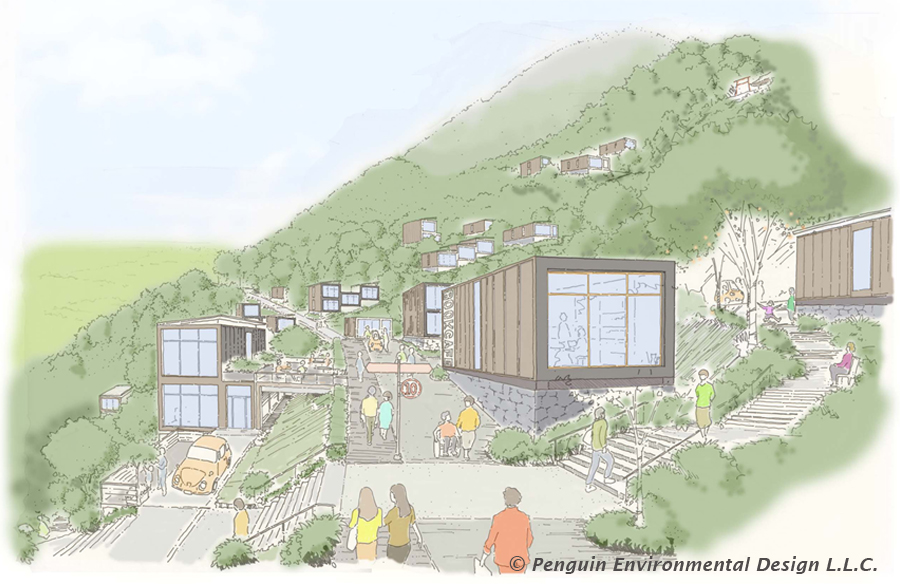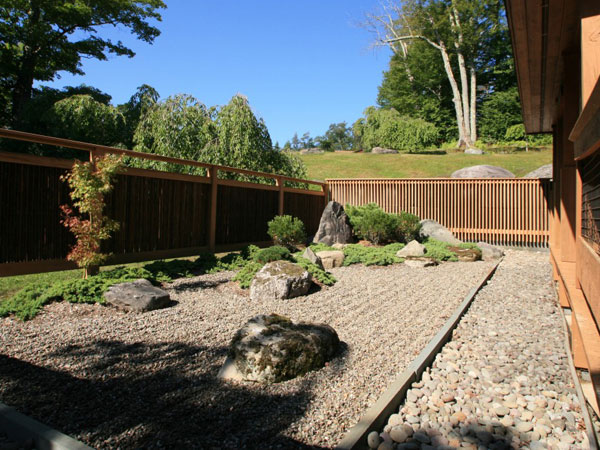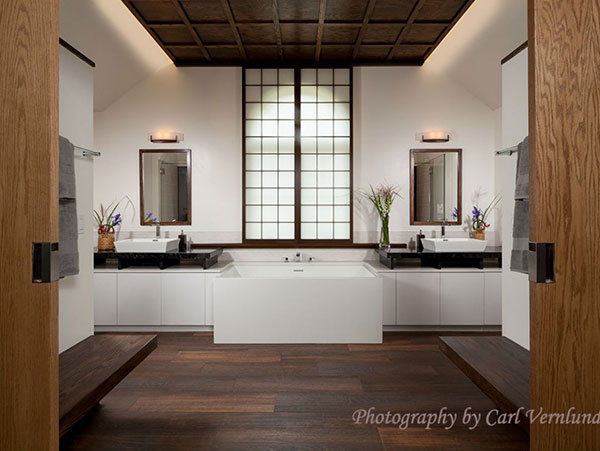As someone originally from Japan—a “Quake Country”—I find myself looking at the increasingly slender, impossibly tall skyscrapers of the New York City skyline with a distinct unease. To me, these structures possess incredible, almost unbelievable proportions.
While the United States is not defined by earthquakes in the same way Japan is, major seismic events do occur. It’s concerning to imagine the extreme motion that the uppermost floors of these slender, extreme-proportion residential buildings must endure during even a moderate tremor.
A Culture of Continuous Resilience
In Japan, the culture of resilience is deeply ingrained in architecture. As architects, we are required to take regular professional courses, ensuring we stay updated with the innovative structural systems and construction methods.
This dedication to continuous improvements for resiliency is exemplified by the J.Pod System. Following the Great East Japan Earthquake (Tōhoku), Penguin Environmental Design (PED) collaborated with J.Pod Engineering LLC to propose utilizing their resilient, modular timber-frame homes for community reconstruction. PED prioritized a connection to the local historical and natural context and a townscape with the flexibility to evolve over time. This involved considering various perspectives, such as:
• A Landscape Perspective: Townscapes featuring private houses lined up along winding roads (tsuzura-zaka), or diversified streetscapes created by arranging residential units staggered according to the terrain.
• A Community Planning Perspective: Incorporating open spaces designed to foster community interaction (like idobata kaigi / wellside chat spaces) and public spaces centered around areas like shrine precincts.

Juxtaposition of Safety and Cultural Richness
For anyone considering a move to Japan or building a second home there, it is vital to understand that seismic resistance is not a luxury—it is the absolute foundation of design. Whether designing a modern structure or a traditional residence, the stability of the building must be a priority.
In modern Japan, the intense focus on building safety has inadvertently stripped many homes of their traditional cultural depth. We are certain, however, that it is possible to achieve both uncompromising safety and profound cultural richness in design.
If you are dreaming of a home in Japan, contact PED. We can offer traditional Japanese living spaces specifically designed and engineered to ensure the maximum level of safety and peace of mind.


